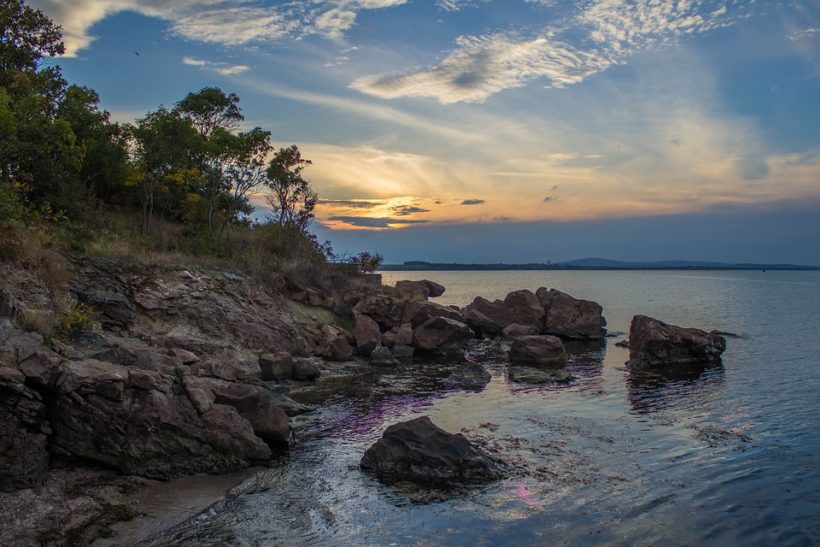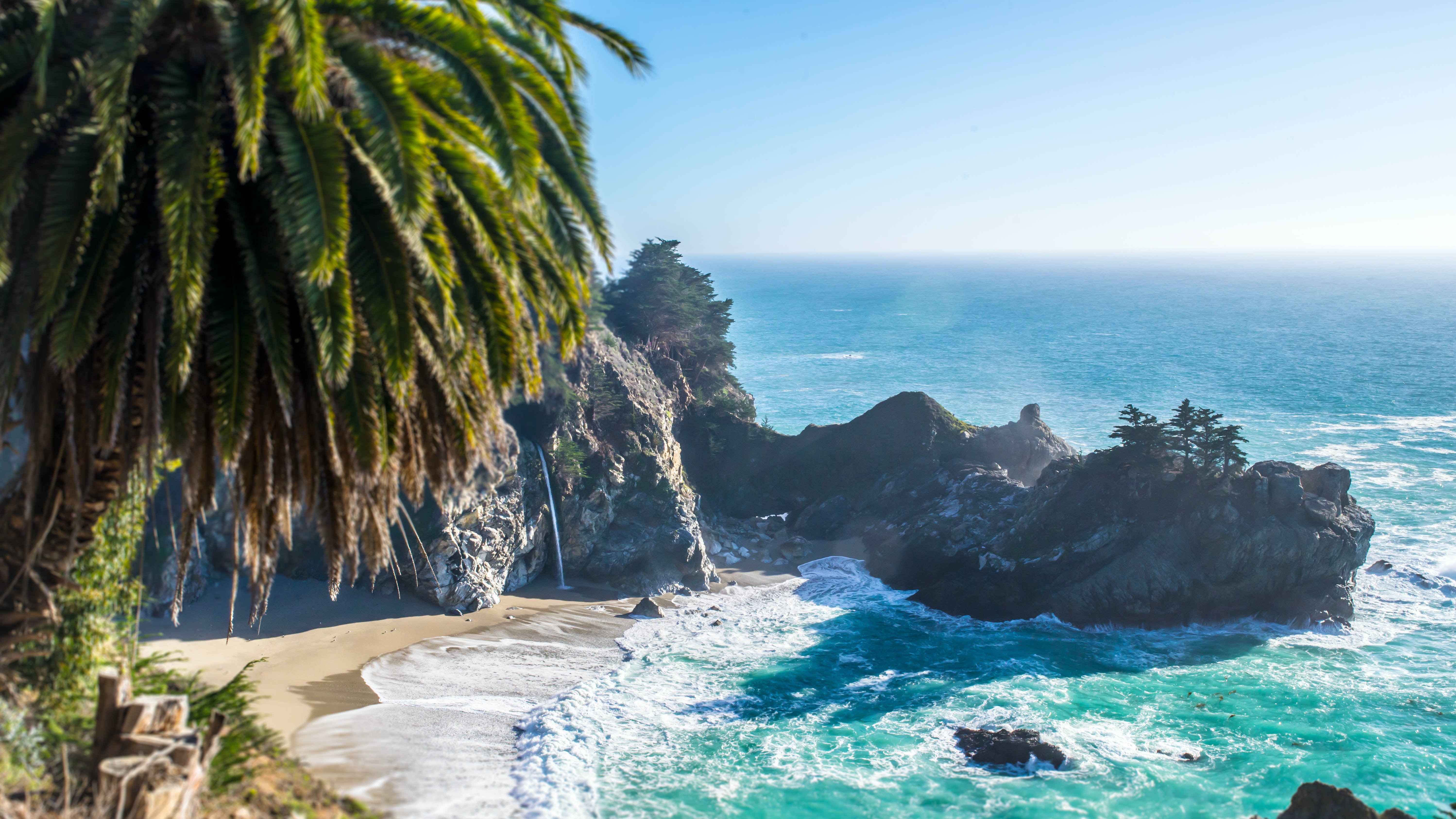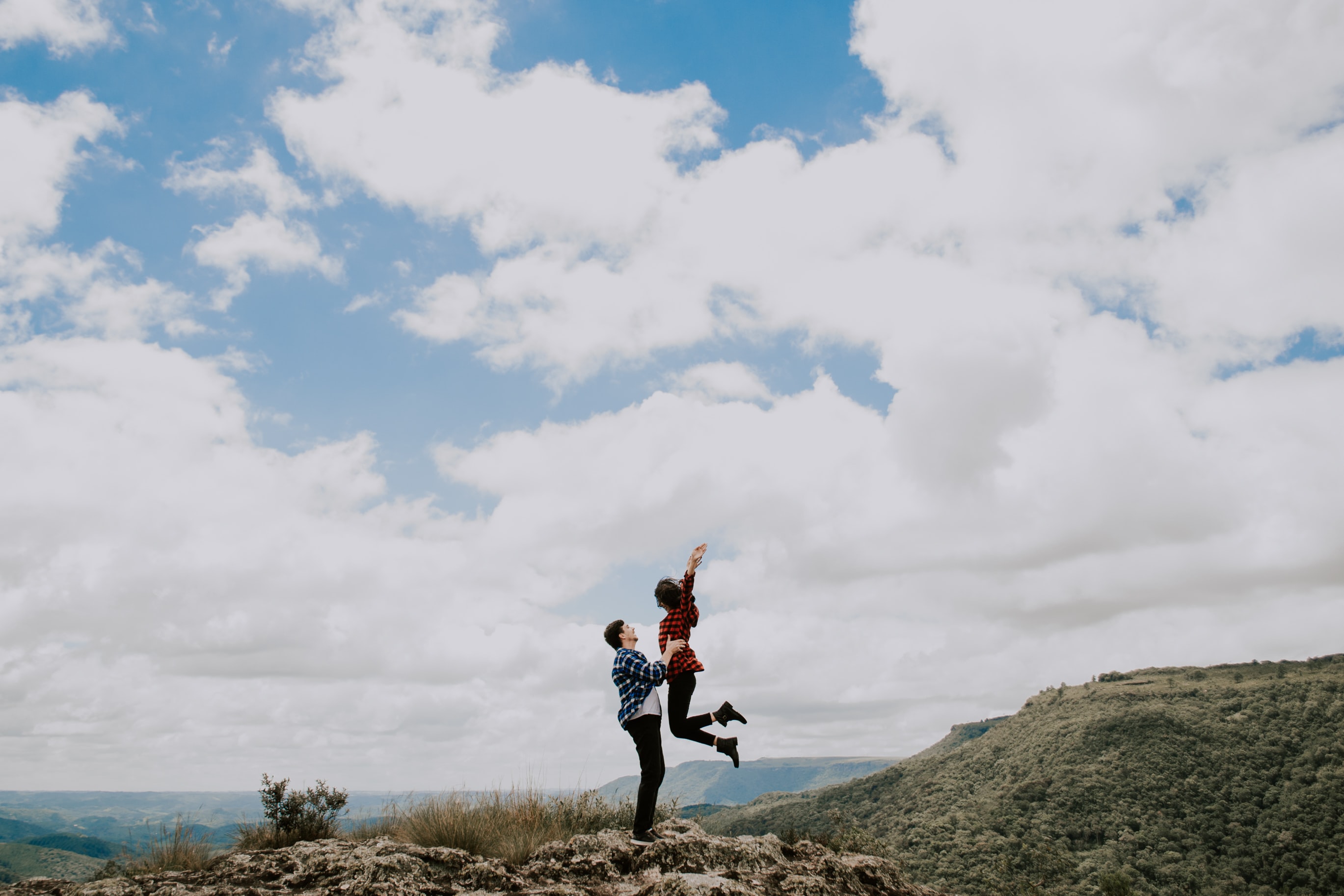Bulgaria tour 5Days
-
Location: Bulgaria :: Europe
-
Duration: 5 Days /4 Nights
-
Package ID: 1092

The country is remarkable for its variety of scenery; its rugged mountains and relaxing Black Sea resorts attract many visitors. Like other nations of the Balkan Peninsula, Bulgaria claims a mix of Eastern and Western cultures, and the mingling is evident in its cuisine, its architecture, and its religious heritage. Though located in western Bulgaria, the capital, Sofia, is neatly positioned near the geographic centre of the Balkan region, and in nearly every other respect it occupies the central position within Bulgaria. With more than one million inhabitants, Sofia has three times as many people as the next largest cities, Plovdiv and Varna. The Bulgarian writer Yordon Radichkov has placed the capital along the axis of two major transnational routes: the historic Silk Road that connects China and the West and a major natural path of migrating birds known as the “grand route of Aristotle.†According to Radichkov, “The universal core of Bulgaria is to be found at the crossroads of these two routes.â€Within a relatively small compass, the Bulgarian landscape exhibits striking topographic variety. Open expanses of lowland alternate with broken mountain country, cut by deep river gorges and harbouring upland basins such as that in which Sofia lies. Three basic structural and physiographic divisions run east-west, splitting the country into the traditional regions of North Bulgaria, including the Danubian Plain and the Balkan Mountains; South Bulgaria, including the Rila-Rhodope Massif; and a transitional area between them.The relatively large number of Bulgarian plant and animal species reflects the country’s location adjoining several of the great Eurasian biogeographic zones. During the Pleistocene Epoch life in the region was not destroyed by advancing glaciers as occurred in much of Europe but was actually enriched by the immigration of species from the north, some of which still survive. Influences from the steppes of western Asia also penetrated the region at that time. Nonetheless, most of the plant and animal life is central European, mixed with a type that blends Arctic and alpine characteristics in the high mountains. Steppe species are most characteristic in the northeast and southeast, while the south is rich in sub-Mediterranean and Mediterranean species.Rila National Park is a refuge for local fauna, such as suslik, rock partridges, chamois, capercaillie, chough, accentor, wall creeper, owls, bats, and martens. About one-third of the nesting birds in Bulgaria can be found in the park, as well as one-third of invertebrates. Fish species include the Balkan trout and common minnow.The Bulgarian government has introduced a number of conservation measures, including steps to protect soil, water, and air from pollution and to establish protected areas of outstanding interest to naturalists. The Srebarna Nature Reserve, a freshwater lake and bird sanctuary adjoining the Danube River, was named a UNESCO World Heritage site in 1983 and then placed on UNESCO’s endangered list in 1992 after environmental decline; improvements were seen in the early 21st century.
Day
1 SOFIA-city tour
- Arrival in Sofia and transfer
restaurant.
- Check in at hotel.
- Take an orientation tour(3 hours
max) start your Journey through almost
10,000
years of history on a guided walking tour of Sofia, and learn how the city sits
on land that has been settled over the centuries by Thracians, Romans, Huns and
more. Marvel at its well-preserved monuments and outstanding sights, such as
the East Gate of the Serdika ruins from Roman times. Walk through the underpass
connecting the Presidential Palace and Ministerial Council to encounter shops
selling traditional souvenirs and rosewater.
Experience the city laid-back charm as you explore streets scattered with
mosques and impressive onion-domed churches. Dinner Overnight in Sofia
Day
2 SOFIA The Valley of the Roses tour
- Breakfast.
An
early start from Sofia will take you on the picturesque mountain road winding
between the Balkan and Sredna Gora mountains. You will arrive in Kazanlak in
about 3 hours and will visit the famous Thracian tomb dating back to the 4th
century BC, a UNESCO World Heritage site. Then continue east to the
Ethnographic Complex Damascena, located in the heart of the Valley of Roses, where
you will learn why Bulgaria is famous for rose oil production. The next stop is
the emblematic Memorial Temple of the Birth of Christ, built between 1885 and
1902 in Russian Moskovite style, a beautifully located Eastern-orthodox
architectural jewel. Overnight in Sofia
Day
3 SOFIA -Plovdiv- Rila Monastery-SOFIA
Breakfast
and take a 2-hour drive from Sofia will take you to the city of Plovdiv,
Bulgaria’s second largest city and one of Europe’s oldest towns. Discover the
history and culture behind an 8,000-year old settlement, written by the Roman,
Byzantine, Ottoman, and Bulgarian civilizations. Enjoy sightseeing in the Old
Town with its museums, historical monuments and revival period houses and lined
with souvenir shops cobble streets. Entry to the rich Ethnographical Museum and
the impressive Roman Theater. Continue to explore a UNESCO World Heritage
Site.Upon arriving, explore the area and visiting the Rila Monastery, the
largest and most famous Eastern Orthodox monastery in Bulgaria. Depart for Sofia
Overnight in Sofia
Day
4 SOFIA
Breakfast
and transfer to airport for return flight home
- Original passports
- Letter Head of the Corporate in terms of group
- Flight Tickets
- Hotel Voucher
- Travel Insurance
- Scanned copy of Passports
- 2 Pic white background with 80% face resolution
- 12 months bank account statement of the corporate.


.jpg)

